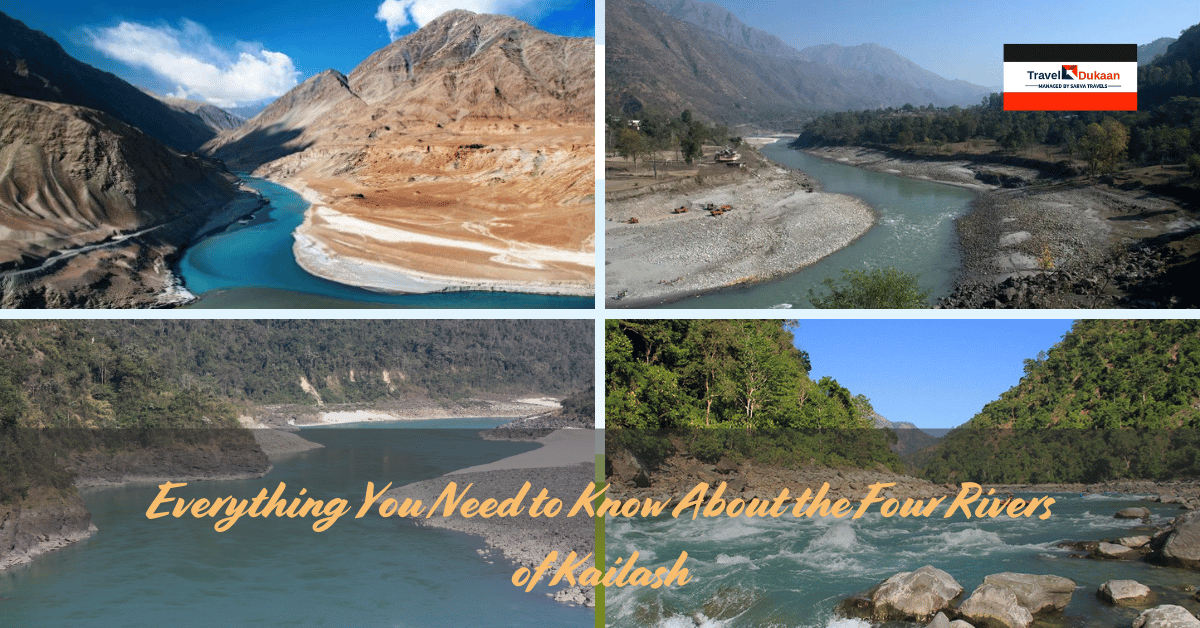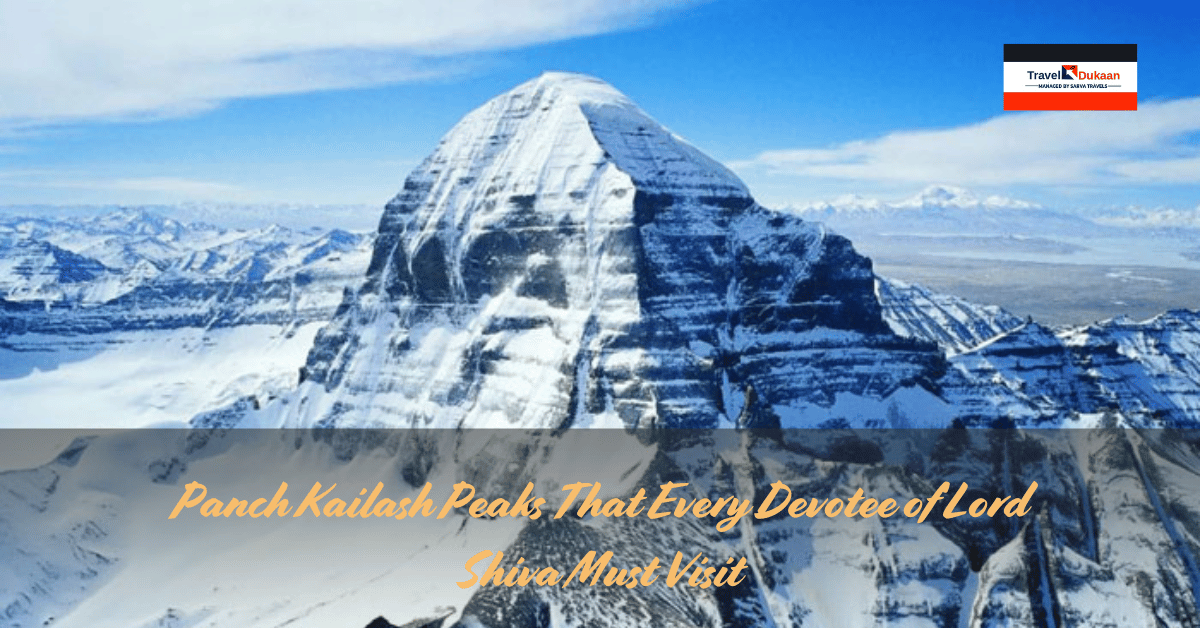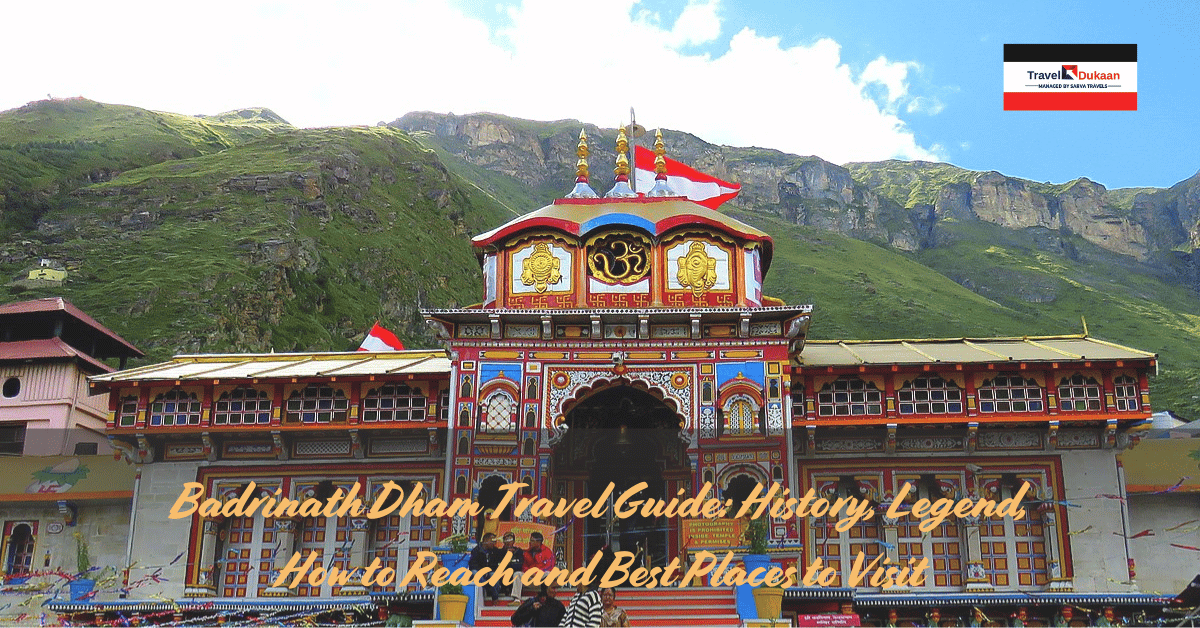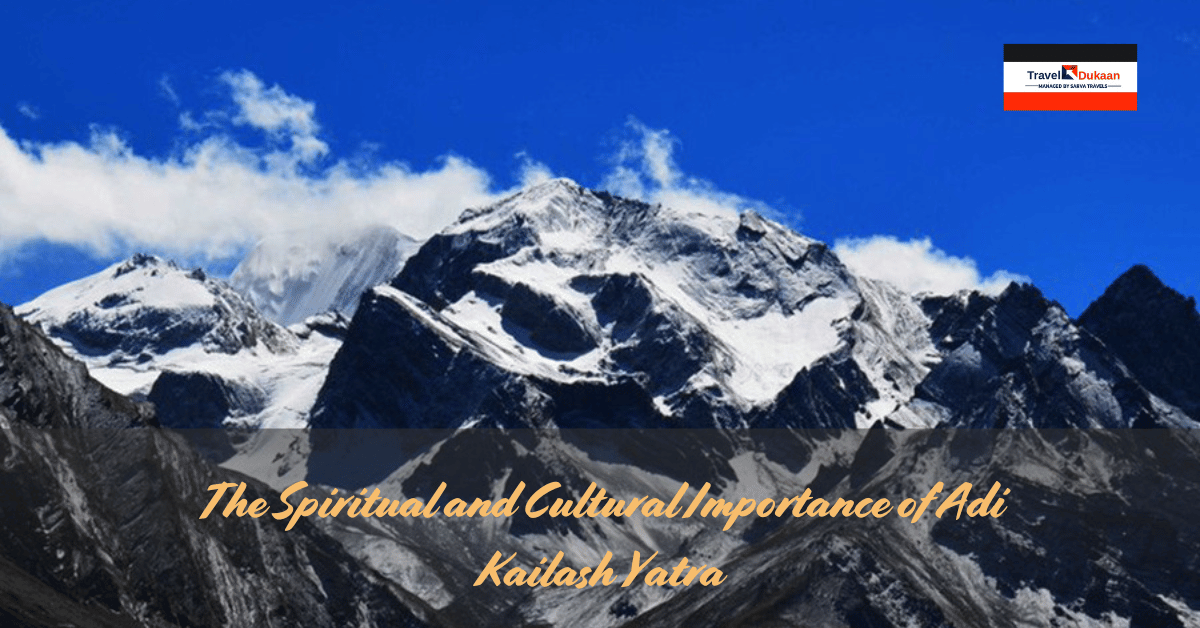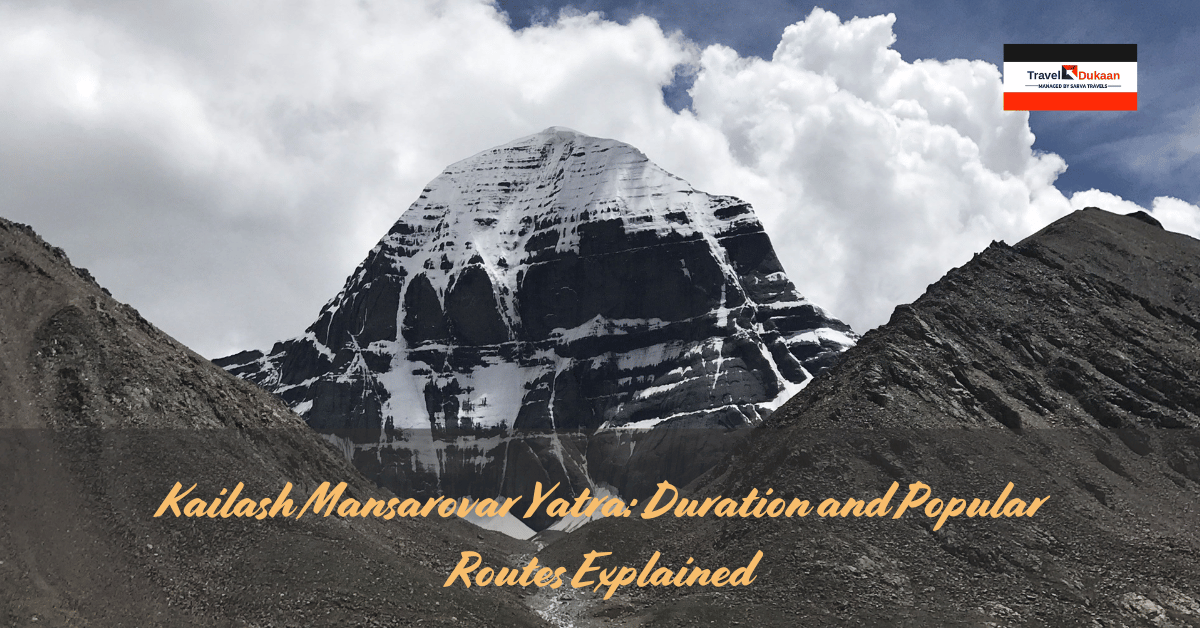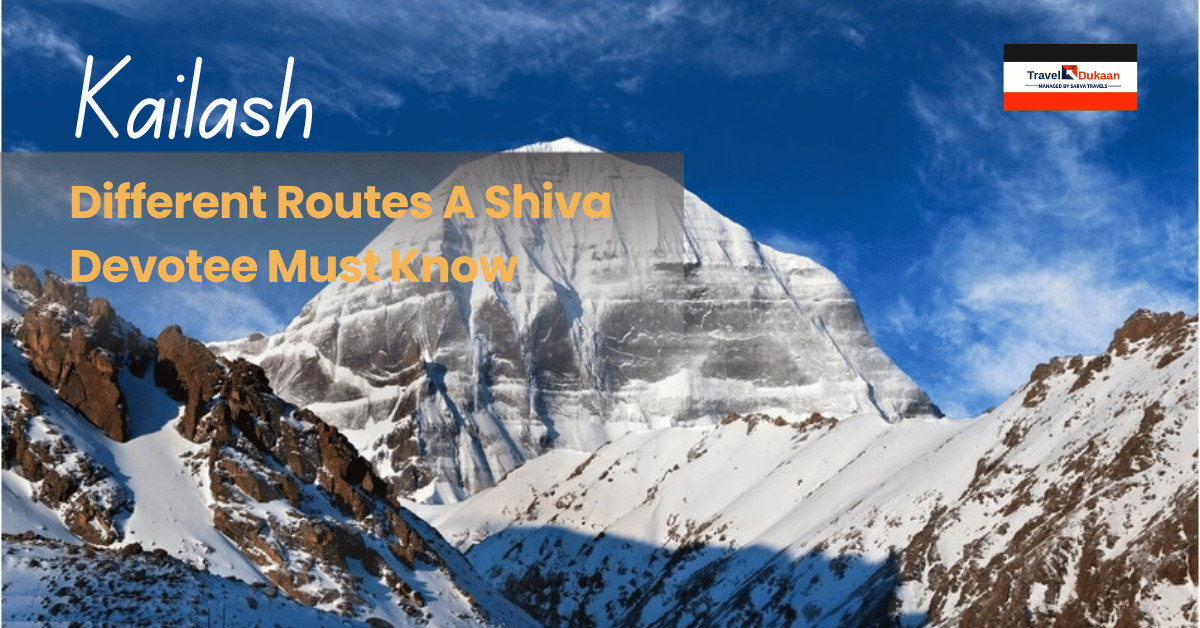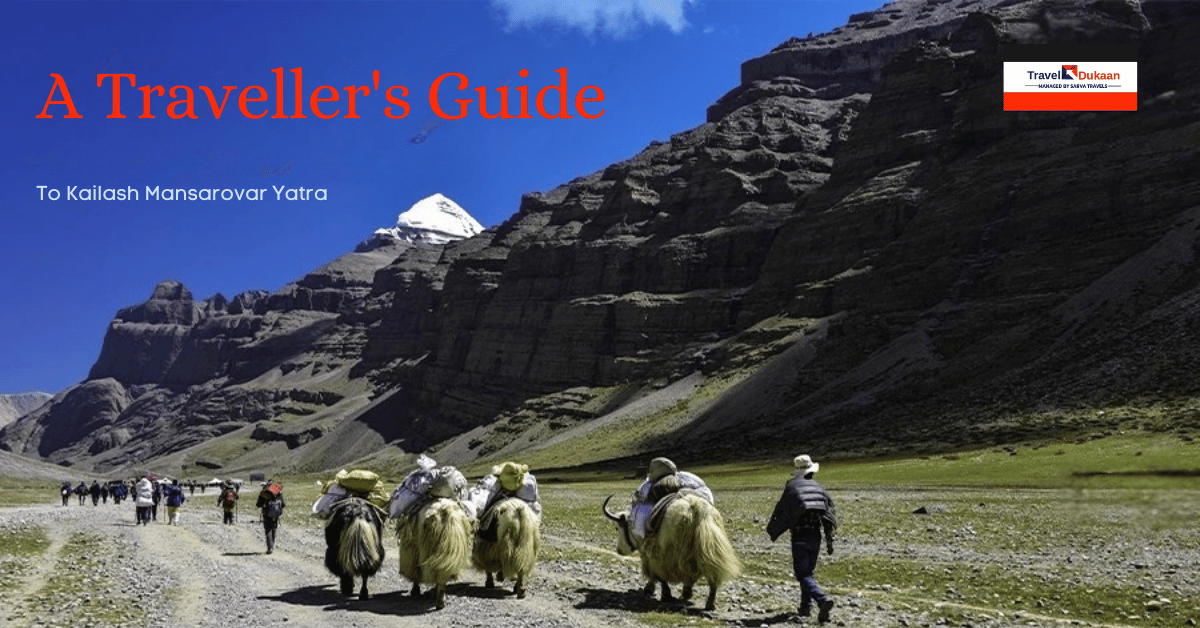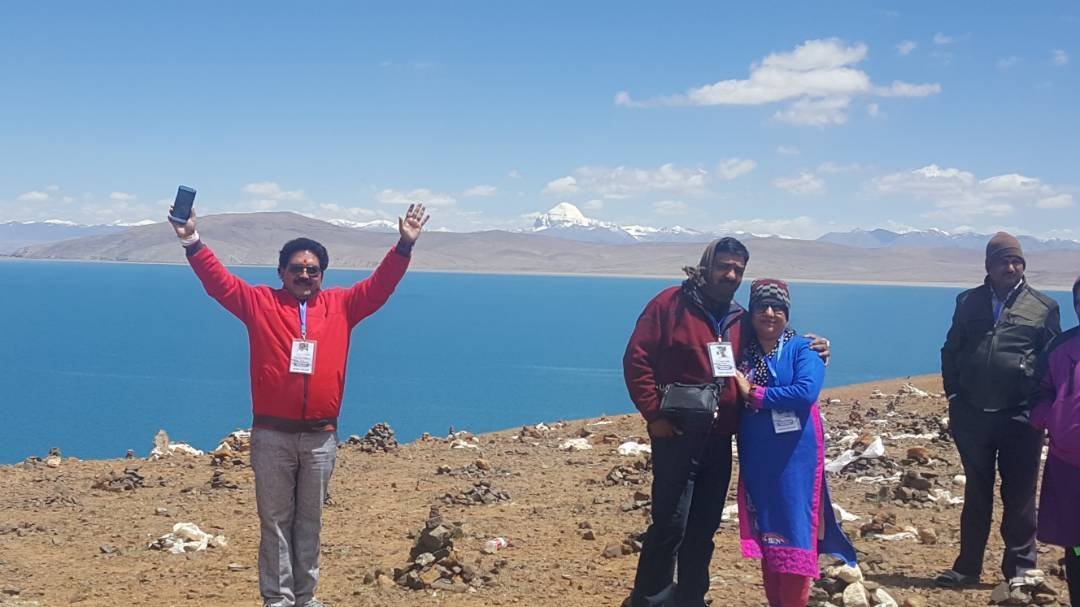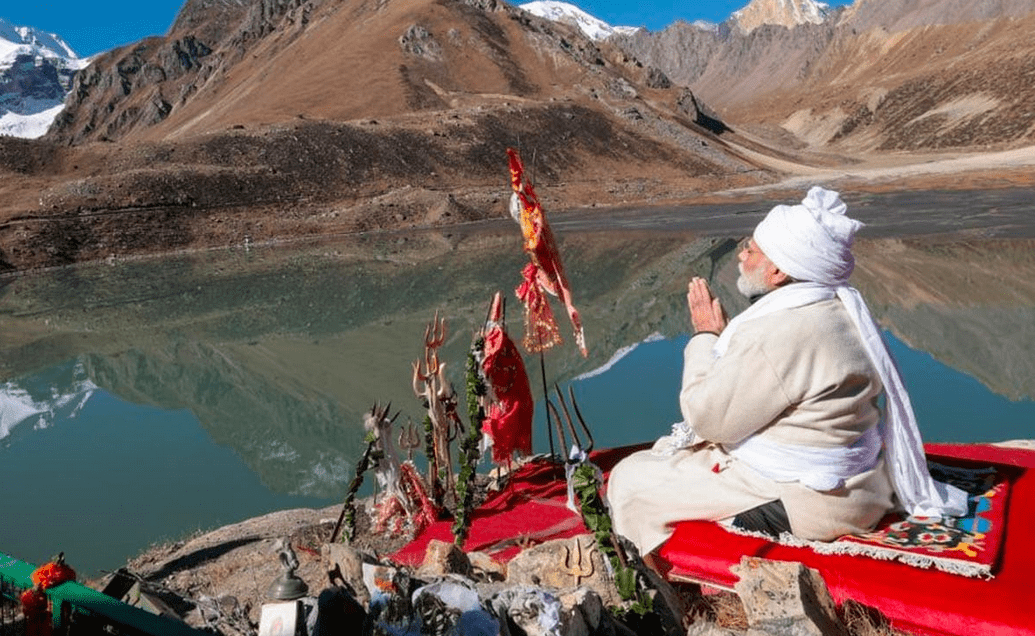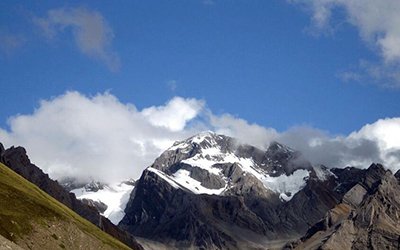
Mount Kailash is not only a sacred site. It is even a compelling geographical marvel. This great mountain, the heavenly home of Lord Shiva, gives rise to four great rivers flowing in four directions. They support the lives of millions of people in the Indian subcontinent and even elsewhere. Their common origin from one mountain makes the religious and cultural significance of this place even greater.
Understanding the Origin of Kailash Four Riverss
The Indus River: Power and Purity
The Indus River originates near Mount Kailash, and flows northwest through Ladakh and into Pakistan. It is one of Asia’s key rivers and has nurtured ancient civilisations for many centuries. In Hindu culture, the Indus is regarded as a symbol of purity and strength. It is still one of the primary sources of water for irrigation and everyday living, even to the present day.
The Sutlej River: A River with History
The Sutlej River begins its journey from the western slopes of Mount Kailash and flows into India via Himachal Pradesh. It ultimately joins the River Indus in Pakistan. It is well ingrained in Vedic literature and was part of ancient trade and culture routes. It connects history, religion and everyday life, particularly in the north of India.
Brahmaputra River: River of Prosperity
Brahmaputra has its origin in the eastern side of Mount Kailash and runs through Arunachal Pradesh and Assam before entering Bangladesh. In Tibet, it is referred to as the Yarlung Tsangpo and is regarded as the river of life and prosperity. It is extremely important for agriculture and is very much venerated in different traditions within the northeastern part of India.
Karnali River: Nepal’s Holy Stream
The Karnali River flows south from Mount Kailash and is the longest river in Nepal. It later joins the Ganges River system. It is critical to agriculture and supports numerous Himalayan communities. It is sacred to both Hinduism and Buddhism.
Conclusion
These four rivers are not just water bodies. They are symbols of harmony and nature balance. Originating from one sacred mountain, they tell us about how entwined nature and religion are in the ancient country. Knowing about them brings us closer to the Himalayas’ soul.





